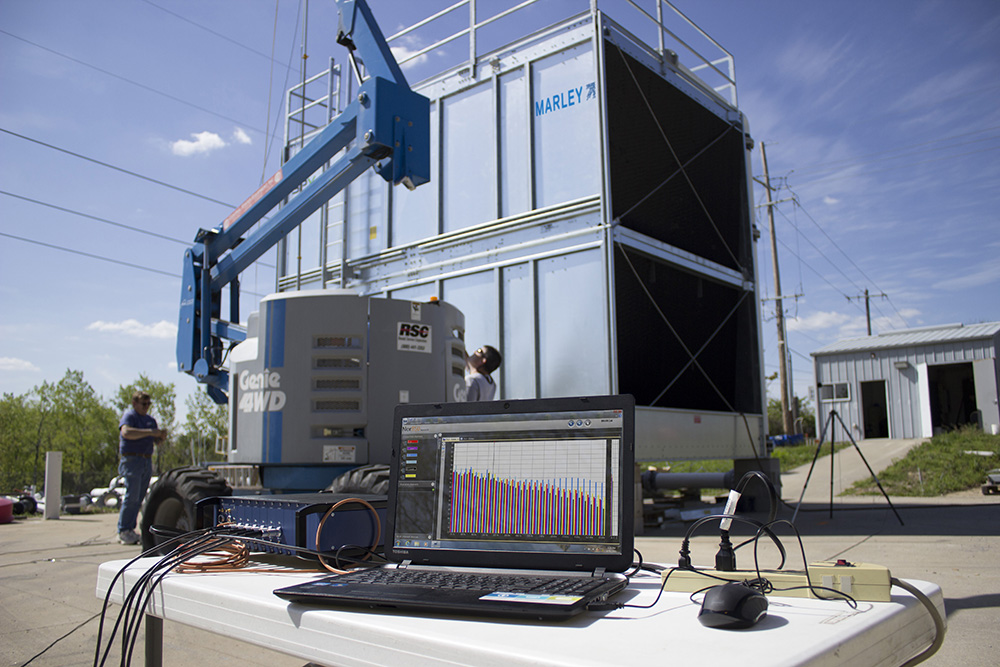
Noise issues from heating, ventilation and air conditioning (HVAC) equipment are a big challenge for communities and businesses. Government and industry are faced with increasingly stringent and strictly enforced noise regulations. While a concern anywhere, some applications pose greater noise challenges, including medical facilities, universities, office buildings, hotels and residential areas.
For applications where sound reduction is imperative, here are a few product selection considerations:
Carefully consider initial equipment design and sizing – A larger tower requires less total air flow and therefore lower fan power than a smaller tower. This lets you minimize total fan power and speed, both contributors to noise. Crossflow towers with film fill result in lower water noise from “splash” compared to conventional counterflow towers without extra noise attenuation.
Premium efficiency fans – Fan noise is typically the largest noise contributor, so installing premium efficiency fans can lower sound levels significantly. Select models that can reduce sound levels with the least performance reduction.
Drive and motor – Variable speed drives can reduce sound and save energy; some are engineered to minimize a tower’s sound level during periods of reduced load/ambient temperature. Consider selecting a quiet gear drive system.
Sound attenuator sections – Consider attenuation for both the discharge and inlet areas of cooling towers. For maximum noise reduction, install two stages of attenuators. Make sure you weigh the effect of inlet attenuators on performance. Discharge attenuators may necessitate an increase in tower size or fan power.
Independent third party verification of manufacturers’ cooling tower sound level claims – Such an evaluation is the only objective way to evaluate radiated noise and ensure it conforms to the most widely followed testing methods.

